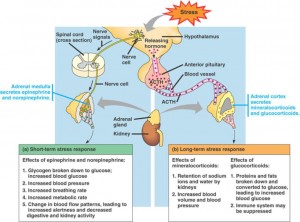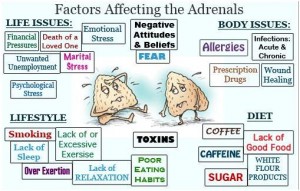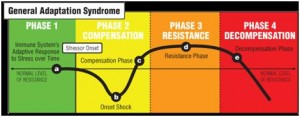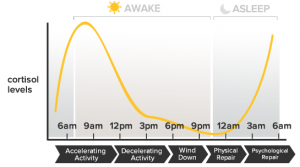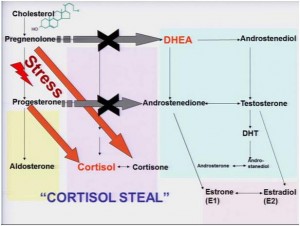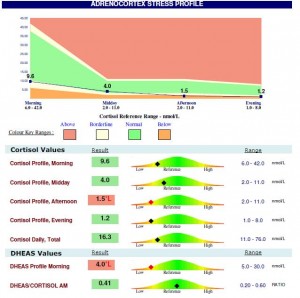The initial consultation includes a day 5-7 email feedback response. After this however, if you require service, including answering emails, then an appointment is required.
As a general guide, as customer service is considered a high priority and the nature of the relationship may be more personalised than other healthcare providers, the policy of the clinic is such that any phone/email request that requires more than 8 minutes to hear/read and reply to it, requires an appointment to be booked. As a rough guide – this equates to 1, and at maximum, 2 questions.
Please also note – that if your file requires to be drawn, and/or copies made to facilitate a service request, there is a small administration charge of $15 to cover costs, excluding postage. The clinic reserves the right to make pass on additional charges for excessive photocopying, postage charges or other ancillary expenses to cover any costs.
In managing expectations when requesting service through email or phone, please consider the following –
- Is it fair to other customers who book appointments & make time in their day for an appointment, to expect that free service will be given through phone or emails?
- As part of this clinic’s professional obligations and duty of care, it may not be possible to provide ethical service through an email or phone response, unless organised as a booked appointment.
- Consider whether your case and/or the information you are seeking through an email response is complex or multi-factorial. In which case, it most likely would take longer than the gratis 8 minutes and you should really book an appointment.
- Consider whether you would send an email request for service to a GP, a consultant, physiotherapist, counsellor or other healthcare professional? If not, then why would you think it is OK to send this clinic an email or phone request for service?
- Lastly, time is a valuable asset with which this clinic uses to provide service & value to all customers, and requesting free service dishonours those who –
- provide the service, and
- others who follow the process. After all, would you think it fair that you have to pay and others get service for free?

 Do you feel flat regularly?
Do you feel flat regularly?